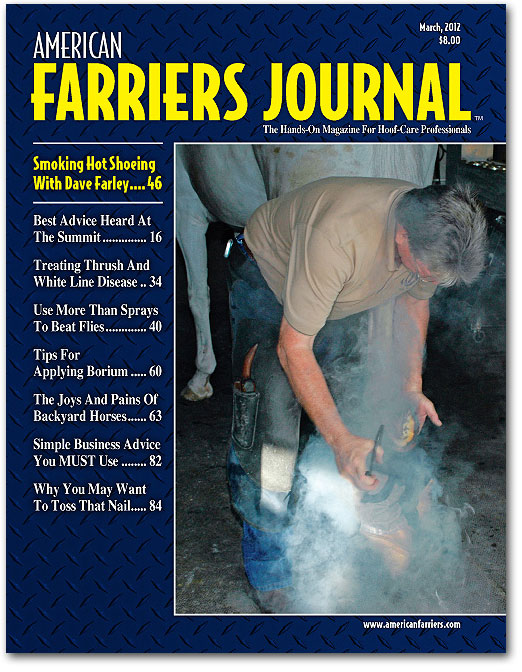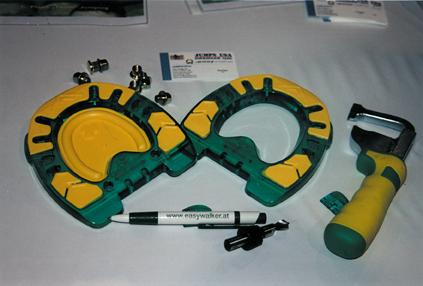Project
Lexicon... About Millwater's Farriery.
"The
beginning of wisdom is the definition of terms."
-Socrates.
Many
years ago, when I was stumbling up the path from being a 'guy
who shoes horses' to becoming an actual farrier, I started
taking the trade journals, attending clinics, and doing the best I
could to expand my understanding of art and science. Problem was
that writers and speakers often threw around references and
expressions, assuming that everyone was already familiar with them.
...Some of us weren't!
I
wire-brushed the devil out of the bottoms of a lot of hooves trying
to get them clean enough so that I could see the "dot" that
Duckett fellow had discovered, which some magazines mentioned, but
didn't explain.
Then
there were the articles and lectures from veterinarians and academic
researchers. They like to use a lot of ten dollar words just to
show-off. But, when you think about shoeing horses, even simple
terms like "up", "down", "right",
"left", "front", and "back" can be
confusing due to the fact that we look at things from so many
different points of view. Sometimes the fancy terminology really was more
precise.
Even
'plain old' horseshoeing language caused confusion. I recall an
early contest where there was a rather heated argument between the
judge and a contestant over "heel calks", "corks",
and "blocked heels"... Then there was a clinic where I
found myself exchanging confused shrugs with a few other tarheel
farriers as the lecturer explained that "Over eighty percent
of the pleasure horses in the show ring speedy-cut at the passing
gait."
By
the early 1990s, it had gradually dawned on me that there ought to be
a glossary of farriery. I'd successfully written for several major
equestrian magazines by then, so I decided to give it a go. In 1994
I published The Pocket Dictionary of Farrier Terms and
Technical Language. It sold-out pretty quickly, even as
better authoring tools became available to me, and a lot of new terms
that needed to be included became apparent. So, the following year,
The New Dictionary of Farrier Terms and Technical Language
was published.
There
wound-up being eight editions of the New Dictionary
between 1995 and 2010. Each featuring new terms, refined and
expanded definitions, more and better illustrations.
Initially,
the focus was on the sort of scientific and specialized jargon you
can't look-up in Webster's. But, over the years, I realized that
there were a lot of horseshoers with impressive technical knowledge
and skills who had somehow managed to skip over some fundamental
basics. I also discovered that many of my readers were other
equestrian professionals and horseowners. So I began expanding the
scope of the Dictionary to include the "foundation"
terms needed to support the advanced material.
Terms
evolved into topics. Definitions into articles. With the tenth
print version of the lexicon, it has grown into something new. An
encyclopedic dictionary. A cross-referenced collection of
interlocking entries designed to allow readers to come in at any
level from prospective student or interested horseowner to
established professional, and go up, down, or sideways as their
reference needs dictate.
It
was on the advice of two veterans of farrier publishing that I added
my name to the title of the tenth lexicon. I was a little reluctant. Even my hubris has limits... But it ultimately made sense. The
transition to an encyclopedic format, centered on articles rather
than mere definitions, meant that the book would reflect my own
experience and approaches more than the previous works had. This
will probably elicit some criticism, as I do tend to develop some
unusual techniques...
As
I was finishing-up with shoeing a rather tricky therapeutic case, I
mentioned to my wife that I was going to have to work on finding a
way to explain a "trick" I'd used for an article.
She
said "You can't tell other people how to do that!"
"Why
not? You know it works."
"Yes,"
she allowed. "But nobody but you can make it work right."
I'm
pretty sure she's mistaken on that point. But she made me put-in a
disclaimer anyway.
...
- 30 -
.






























